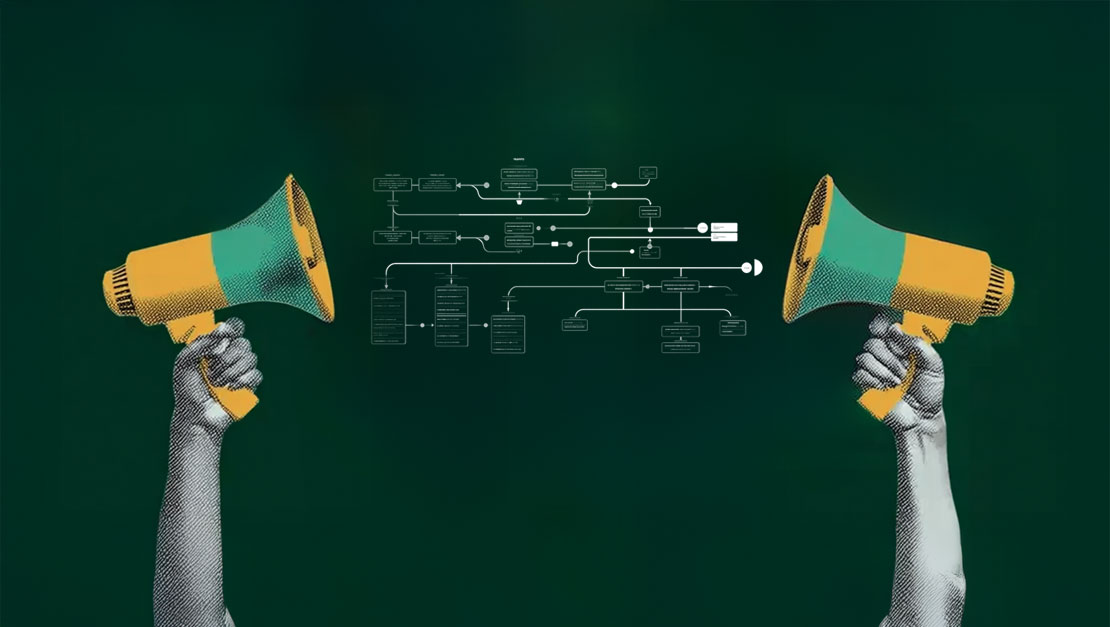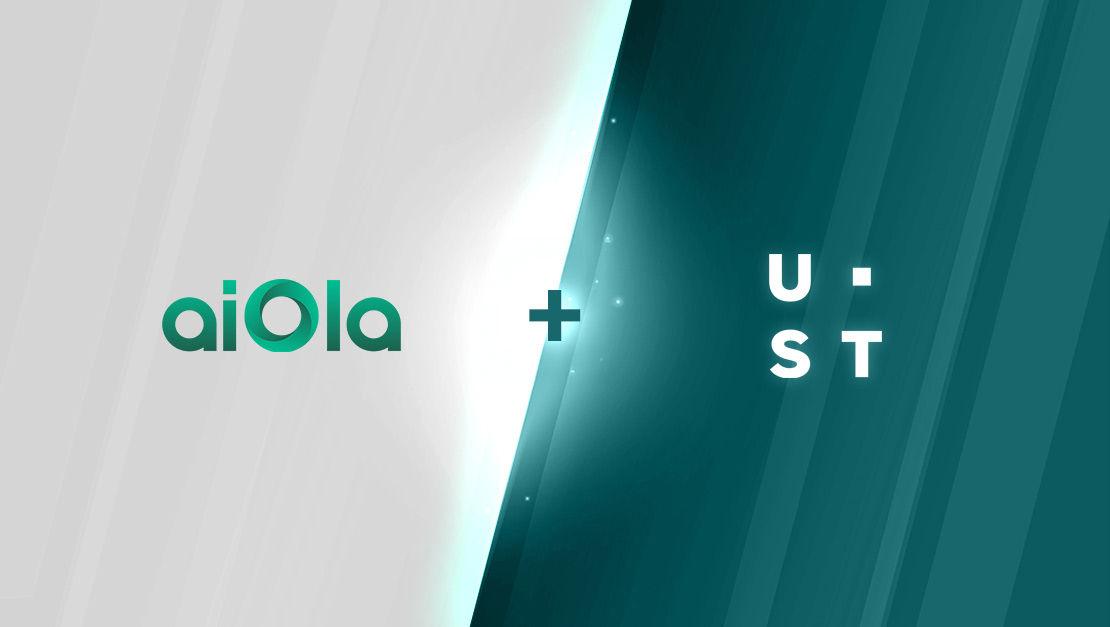Modern enterprises are under constant pressure to operate faster, smarter, and with fewer errors. Yet, many still rely on manual workflows, including processes that depend heavily on human effort, repetitive tasks, and siloed systems.
In contrast, agent workflows are redefining productivity. These intelligent, automated systems combine AI and process logic to handle complex, multi-step operations that once required teams of people. From data entry and approvals to customer service and compliance checks, agent workflows not only reduce human error but also accelerate outcomes, increase visibility, and scale effortlessly.
This article explores how agent workflows compare to manual and traditional workflows, their unique components, benefits, costs, and how they impact ROI and long-term business agility.
What Are Agentic Workflows?
Agentic workflows are intelligent, rule-driven processes managed by AI agents. Unlike basic automation, they can reason, learn from data, and adapt dynamically to context.
For example, an agent workflow in a financial institution might validate transactions, detect anomalies, and trigger alerts, all without human intervention. These systems use automated workflow principles to streamline operations and deliver consistent results, even under complex conditions.
What Are Manual Workflows?
Manual workflows are human-dependent processes. They rely on individuals to perform each task sequentially, such as approving documents, updating spreadsheets, or sending follow-up emails.
While manual workflows can work for small-scale operations, they become bottlenecks as businesses grow. The lack of standardization and the potential for human error often lead to inefficiencies and delays.
How Key Features of Agent Workflows vs. Manual Workflows Compare
Let’s take a closer look at these two kinds of workflows and why agent workflows often have more benefits for enterprises:
Components and Structure
Manual workflows consist of people, forms, and communication tools. Every step requires human action.
Agent workflows, however, integrate AI agents, APIs, and data systems into a seamless process. They can communicate with multiple platforms, pull data, and take action instantly, without human handoffs. This shift reduces complexity while improving speed, accuracy, and consistency.
Costs and Efficiency
Manual workflows incur high labor costs, especially when tasks are repetitive or time-sensitive. Each step consumes valuable employee hours that could be spent on strategic work.
Agent workflows eliminate many of those costs. Once implemented, they handle large volumes of tasks at a fraction of the cost. Although setup and integration may require an initial investment, the long-term ROI is substantial due to labor savings and improved output.
Speed and Information Processing
In manual workflows, task completion speed is limited by human capacity since people can only process so much information at once.
Agent workflows operate 24/7. They can execute hundreds of tasks simultaneously, update records in real time, and provide immediate feedback. This continuous operation shortens turnaround times and enhances customer satisfaction.
Accuracy and Consistency
Human error is inevitable in manual workflows, especially in repetitive or high-pressure tasks. Small mistakes in data entry or approvals can lead to compliance issues and financial loss.
Agent workflows maintain near-perfect accuracy. They follow predefined rules and continuously learn from new inputs, ensuring consistency across all operations. As a result, organizations see fewer errors, better reporting, and improved trust in data integrity.
Visibility and Control
In traditional and manual workflows, visibility depends on human reporting and status updates. Tracking progress often means sending emails, reviewing documents, or checking multiple tools.
Agent workflows provide real-time dashboards and audit trails. Managers can instantly see who (or what) completed each step, monitor exceptions, and gain actionable insights into process health. This transparency supports better decision-making and compliance.
Adaptability and Complexity
Manual workflows struggle with complexity. When rules change or new variables arise, teams must retrain, redesign forms, and rewrite procedures.
Agent workflows adapt dynamically. They can adjust parameters based on context. For example, prioritizing urgent requests or flagging anomalies. This makes them ideal for dynamic environments such as finance, healthcare, and logistics.
ROI and Long-Term Value
ROI is one of the clearest indicators of workflow success.
Manual workflows deliver limited scalability, meaning ROI remains flat as resources increase.
Agent workflows, on the other hand, compound efficiency gains. Once deployed, they continue to learn, adapt, and improve output quality over time. Organizations may see ROI improvements due to faster processing, reduced errors, and lower operational costs.
Real-World Examples
Agent workflows are transforming how organizations operate across industries. By combining automation, contextual understanding, and real-time speech capabilities, they simplify complex processes and create measurable efficiency gains. Here are a few ways this approach can be applied in real-world settings:
Customer Service
In a call center or customer support environment, an agent workflow could automatically classify and route customer inquiries based on spoken intent. Instead of relying on manual ticket sorting or data entry, the system could transcribe calls, understand context, and trigger the right workflow instantly, helping agents resolve issues faster and improving customer experience.
Aviation
Gate operations and tech teams that have to work with strict deadlines can fulfill gate operations and checklist completion within minutes, enabling collaboration and data collection as they go. Along with data collection that aids in safety and decision-making, any repair or action needed proplels the necessary department into action immediately, reducing downtime.
Manufacturing
Manufacturing companies can conduct quality control, inspections, and production workflows via speech using agentic workflows. This speeds up production time, aids in quality assurance, and connects teams across departments, ensuring that all responsibilities are handled in a timely manner.
Pharmaceutical
Pharmaceutical companies must remain compliant, track inventory, and ensure safety. With agent-powered workflows, they can fulfill batch production and changeovers, complete quality assurance logging, monitor equipment in real-time, report incidents, and automate warehouse and logistics workflows, to name a few examples. Learn more here.
Finance and Accounting
In enterprise finance teams, agent workflows can validate financial entries, detect anomalies, and reconcile transactions automatically. By integrating voice-driven commands and AI-based checks, these workflows eliminate repetitive manual steps and ensure greater consistency and compliance across financial operations.
Healthcare Administration
Within hospitals or clinics, agent workflows can accelerate patient intake, insurance verification, and record management. Using voice-enabled automation, staff could enter data hands-free while ensuring accuracy and compliance with healthcare regulations. This allows healthcare professionals to focus on patient care rather than administrative work.
A Case Study: Agentic ROI, Delivered
We’ve now seen how agentic workflows can work in action across industries.
Let’s look at the story as told in numbers. Our client at aiola is a top player in the car rental industry. Here’s how agentic workflows transformed their business:
Challenge: Returned vehicles must be triaged, diagnosed, and routed. Our client was experiencing a bottleneck, causing lost time, money, and rental “uptime.”
aiola’s Solution: By using aiola, the client transformed their manual choke-point into a voice-led, data-perfect workflow. Techs simply speak, and aiola structures the information and posts it to their EAM within seconds.
The Outcome?
- 5 hours less downtime per vehicle
- 3–4× tech throughput
- +10–15% fleet availability
- 60%→98% data completeness
- 70%→95% warranty claim accuracy
In monetary terms, it translates to ~$2.0M annual benefit per site against a $360K platform cost → ~$1.64M net/site/year with ROI recognized in less than three months.
Challenges of Manual and Traditional Workflows
Despite their familiarity, manual workflows have serious limitations:
- Error-prone: Every step introduces the potential for human error.
- Time-consuming: Tasks that could take seconds with automation often take hours manually.
- Difficult to scale: Growth requires more staff, not smarter systems.
- Poor visibility: Tracking progress is difficult without integrated reporting.
With aiOla’s intelligent agent workflows, these limitations disappear. aiOla enables continuous, speech-driven automation that scales with business needs, eliminates repetitive manual steps, and provides full visibility into workflow performance, all through natural language interaction.
Why Agentic Workflows Are the Future
Agent workflows, especially those powered by aiOla, combine automation with true intelligence, thus bridging the gap between manual effort and autonomous performance.
They empower organizations to:
- Run operations continuously and efficiently with AI agents that interpret, decide, and act instantly.
- Deliver consistent, measurable outcomes through standardized, voice-enabled automation.
- Adapt to changing business conditions without requiring workflow redesigns.
- Enhance collaboration between humans and AI, using natural voice commands to guide and monitor automated tasks.
As enterprises evolve beyond traditional workflows, aiOla’s AI agent ecosystem becomes a core driver of transformation, turning operational friction into fluid, scalable performance. aiOla’s contextual understanding, multi-language support, and workflow-driven design make it a strategic partner in redefining how business gets done.
Closing Thoughts
The shift from manual to aiOla-powered agent workflows represents a defining moment in enterprise efficiency. Manual and traditional workflows were built for stability, not agility. aiOla’s intelligent agents bring the opposite with agility, learning, and precision at scale.
By integrating seamlessly into existing environments, aiOla helps businesses eliminate redundancies, capture real-time data, and achieve measurable ROI within months. In the age of automation and voice AI, the question isn’t if you should adopt agent workflows, it’s how soon.
Are you ready to see how aiOla’s approach can help your enterprise gain a competitive edge built on speed, adaptability, and intelligence? Book a demo with our team today.








